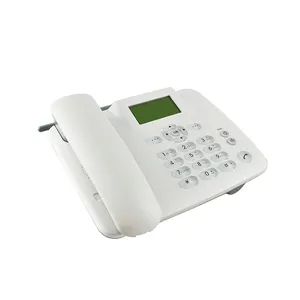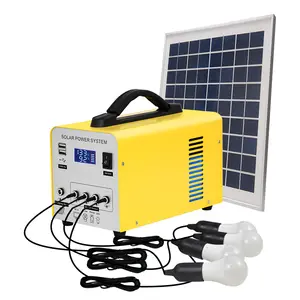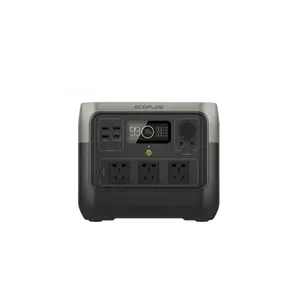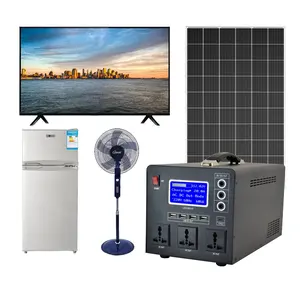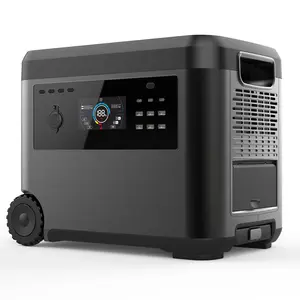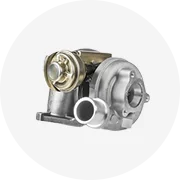Популярное в вашей отрасли






Высококачественный Многофункциональный цифровой детектор дефектов вихревых токов/контроль вихревых токов/Цифровой Тестер вихревых токов
Готово к отправке
883 399,44 ₽ - 983 785,74 ₽
Минимальный заказ: 1 компл.
Доставка за штуку: 4 762,33 ₽






Автоматическое оборудование для регенератора
Готово к отправке
258 996,66 ₽ - 309 189,81 ₽
Минимальный заказ: 1 шт.
Доставка за штуку: 34 934,44 ₽






Тестер толщины покрытия автомобильный лакокрасочный пленочный тестер детектор толщины краски
200,78 ₽ - 261,01 ₽
Минимальный заказ: 20 шт.
Доставка за штуку: 85,33 ₽







5V 50mA BTS4000 лаборатории тестер батарейной емкости/испытательное оборудование для ток и напряжение тест с 8 каналов испытательное оборудование
80 309,04 ₽ - 100 386,30 ₽
Минимальный заказ: 1 компл.






Прибор для тестирования материнской платы TV160 с ЖК-экраном 6-го поколения
10 942,11 ₽ - 11 945,97 ₽
Минимальный заказ: 1 шт.






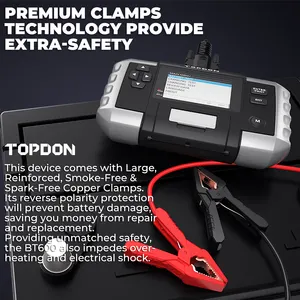
Topdon BT600 12v 24v емкость Гибридный литиевый комплексный электронный тестер для автомобильного аккумулятора Тестер-тестер с принтером
7 428,59 ₽ - 7 830,14 ₽
Минимальный заказ: 50 компл.



Газоанализатор MS6310 с двойным жк-дисплеем, детектор утечки газа, тестер горючих и легковоспламеняющихся природных веществ 0 ~ 999900 CMM
4 015,46 ₽ - 4 517,39 ₽
Минимальный заказ: 1 шт.






Модульные измерительные формы CMM серии KASON и электронный продукт, 3d координатный измерительный станок
2 007 625,62 ₽ - 7 026 940,62 ₽
Минимальный заказ: 1 компл.






Лидер продаж, ручной зонд, 3d Cmm, измерительная машина с координатами по низкой цене
2 017 664,25 ₽ - 7 036 979,25 ₽
Минимальный заказ: 1 компл.






WT87C цифровой тестер скорости потока воздуха лопастной Анемометр
1 457,61 ₽ - 1 606,19 ₽
Минимальный заказ: 5 шт.






Фабричный ручной зонд KASON, 3D CMM, координатный измерительный аппарат с модулем CAD
2 007 625,62 ₽ - 7 026 940,62 ₽
Минимальный заказ: 1 компл.






Пластиковый 3d для углового измерения, координатная измерительная цена, машина Cmm, сделано в Китае
2 017 664,25 ₽ - 7 036 979,25 ₽
Минимальный заказ: 1 компл.
Связанные запросы:
тестер колеитестер mut3тестер hpv тестерэлектронный тестер разрывовавтоматический тестер нефтивакуумный градусный тестертестер поворотатестер температуры влажности климатическийиндекс рефракции тестера преломлениятестер функции легкихэлектронный тестер температуры и влажноститестер октановых чиселтестер tdmтестер vcm






Недорогая машина для координат KASON, цена, большой диапазон измерения CMM
2 007 625,62 ₽ - 7 026 940,62 ₽
Минимальный заказ: 1 компл.






Горячая Распродажа мостового типа козловой большой ход CMM координатный измерительный станок
2 017 664,25 ₽ - 7 036 979,25 ₽
Минимальный заказ: 1 компл.






Портативная машина для измерения координат, 6 осей
3 715 196,58 ₽ - 3 914 965,32 ₽
Минимальный заказ: 1 компл.






3D Автоматическая видеоизмерительная машина для измерения зрения cmm VMM
2 800 677,39 ₽ - 2 991 511,74 ₽
Минимальный заказ: 1 компл.






Цифровой Карманный анемометр Habotest HT625B с USB цветным ЖК-дисплеем для измерения скорости ветра Тестер скорости воздуха
Готово к отправке
2 949,35 ₽ - 3 012,60 ₽
Минимальный заказ: 1 шт.
Доставка за штуку: 882,40 ₽






Цифровой анемометр HT625A, тестер скорости ветра, 9999 счетчиков с аналоговым дисплеем
1 645,34 ₽ - 2 066,96 ₽
Минимальный заказ: 20 шт.









Обработка на станке с ЧПУ, модифицированные светильники, модифицированные автомобили, автомобили, мотоциклы, бумажная коробка, тестер автозапчастей
9,04 ₽ - 459,77 ₽
Минимальный заказ: 1 шт.
- 9%

Цифровой Анемометр, тестер скорости ветра, AM-4836V для скорости воздуха, воздушного потока, высоты волны, температуры
Готово к отправке
4 202,18 ₽ - 4 750,28 ₽
Минимальный заказ: 1 компл.
Доставка за штуку: 1 919,39 ₽






Анемометр UT362, прибор для измерения скорости ветра и контроля, инструмент Ingress CMM CFM
Готово к отправке
11 342,65 ₽
Минимальный заказ: 1 шт.
Доставка за штуку: 1 649,35 ₽

Цифровой Анемометр, тестер скорости ветра, AM-4836V для скорости воздуха, воздушного потока, высоты волны, температуры
4 617,77 ₽ - 5 420,87 ₽
Минимальный заказ: 1 компл.






Цифровой анемометр Habotest HT625A для измерения скорости ветра от 0,4 до 30 м/с
Готово к отправке
2 023,79 ₽ - 2 066,96 ₽
Минимальный заказ: 1 шт.
Доставка за штуку: 882,40 ₽




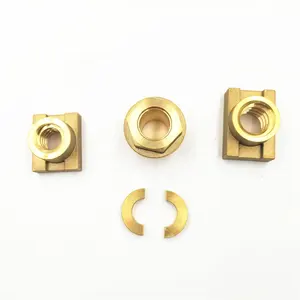

Литейная латунь, литой производитель горячей ковки, латунные кованые детали
30,12 ₽ - 200,78 ₽
Минимальный заказ: 1 шт.






Индивидуальные стальные металлические штампованные строительные изделия
100,39 ₽ - 501,94 ₽
Минимальный заказ: 100 шт.






OEM Заводская точность изготовления листового металла на заказ услуги глубокотянутые штамповочные детали CNC
1,01 ₽ - 1 003,87 ₽
Минимальный заказ: 100 шт.






Металлургические изделия PM/спеченные детали для порошкового прессования металла
10,04 ₽ - 1 003,87 ₽
Минимальный заказ: 1000 шт.






Высокоточная Пылезащитная крышка из нержавеющей стали для моторного вала с ЧПУ и глубоко тянутым тиснением
20,08 ₽ - 1 003,87 ₽
Минимальный заказ: 100 шт.






OEM сервис изготовленный на заказ алюминиевый прецизионный ковка автозапчастей
100,39 ₽ - 903,48 ₽
Минимальный заказ: 1 шт.






Китайская фабрика на заказ 4140 легированная сталь Горячая ковка сервис
60,24 ₽ - 2 007,73 ₽
Минимальный заказ: 100 шт.






Пользовательские алюминиевые Литые детали для электрических скейтбордов
100,39 ₽ - 1 003,87 ₽
Минимальный заказ: 100 шт.


















Изготовленная на заказ латунная прессформа штамповки горячей штамповки для части клапана прессформы
50,20 ₽ - 903,48 ₽
Минимальный заказ: 50 шт.





Китай прецизионная обработка алюминиевых литейных деталей для литья под давлением
200,78 ₽ - 336,30 ₽
Минимальный заказ: 100 шт.






Изготовление листового металла на заказ, штамповка металла
2,01 ₽ - 50,20 ₽
Минимальный заказ: 100 шт.
Самые популярные категории
О тестер смм
Alibaba.com предлагает тестер смм, 2211 видов. Вам доступны различные тестер смм, в том числе оптовая продажа женское бельё, obm. Вы можете выбрать различную упаковку: oem тестер смм. Кроме того, можно выбрать черный, серебристый и белый тестер смм.Такие тестер смм могут быть промышленный, пола или здание.
